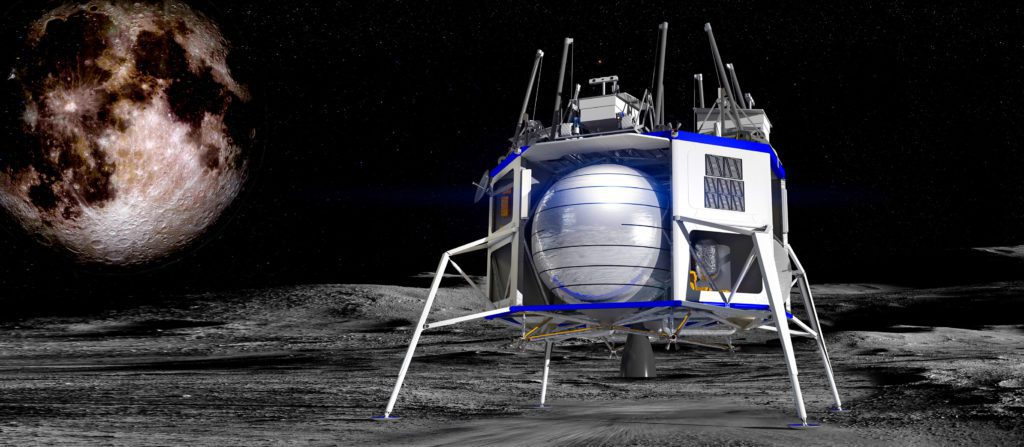Wherever there’s IT gear, a 4G signal and no local network engineer, Out-of-Band usually follows. So with NASA’s announcement that they’ve picked Nokia to establish a 4G network on the moon, how long before they call Opengear?! We’ve been deployed at the bottom of the ocean, a mile deep in a mine – so why not a few hundred thousand miles over our heads?

Nokia’s CTO, Marcus Weldon said “Reliable, resilient and high-capacity communications networks will be key to supporting sustainable human presence on the lunar surface.”
Isn’t that a textbook definition of why you’d need Out-of-Band? When you can’t easily get an engineer to site, when repairs are difficult and time consuming; when downtime is not an option – that’s when an independent management plane based on local console servers is worth its weight in gold (although with the moon’s gravity, I guess that’s not quite as much as on earth).
The announcement goes on to state ”The network will self-configure upon deployment and establish the first LTE communications system on the Moon.” That immediately brought to mind the idea of the Mars Lander application that was described by Marcio Saito (now at Google), when we launched the new NetOps Console Server. The appliance has an embedded TPM chip, a 4G cellular modem, and is capable of running NetOps tools such as Docker containers and Python scripts. This allows it to be shipped to a remote site – often a hostile environment with no WAN established, and no network engineer available – and when powered up, it performs a Secure Provisioning routine via the 4G Cellular network and Lighthouse management software. Wouldn’t that be useful on a remote planet?
We’ll be waiting for NASA to give us a call. But until then, take a look at the power of the NetOps Console Server. It may not be rocket science – but one day, it might get a ride on one.




